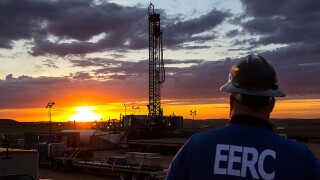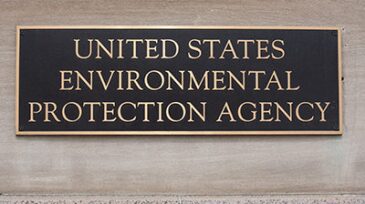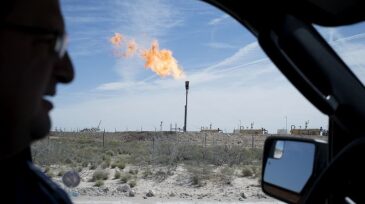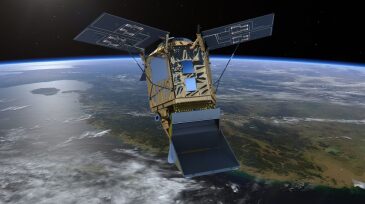Emission management
Growing energy transition investment highlights oil and gas technologies as key enablers.
EERC CEO Charles Gorecki outlines how applied research in North Dakota is helping improve oil recovery, reduce emissions, and advance carbon storage.
A newly formed global coalition, Carbon Measures, aims to develop a ledger-based carbon accounting framework and champion market-based solutions to drive emissions reduction.
-
The US Environmental Protection Agency recently finalized a voluntary disclosure program for new owners of upstream oil and gas facilities designed to encourage them to find, correct, and self-report violations of the Clean Air Act, in particular those associated with emissions from storage vessels.
-
America’s hottest oil patch is producing so much natural gas that, by the end of last year, producers were burning off more than enough of the fuel to meet residential demand across the whole of Texas.
-
A wave of satellites set to orbit the Earth will be able to pinpoint producers of greenhouse gases, right down to an individual leak at an oil rig.
-
A new report from the Environmental Defense Fund and the Environmental Council of the States Shale Caucus recommends a new framework for approving technologies and methodologies.
-
The new satellite will build on the success of the company's demonstration satellite Claire, which has performed over 2,500 observations of oil and gas facilities as well as other natural and industrial sources of carbon dioxide and methane.
-
The oil and gas major has set aside $100 million to fund projects that will deliver new greenhouse gas emissions reductions in its upstream oil and gas operations.
-
A recent study of oil and gas methane emissions on the Navajo Nation reveals companies operating on tribal lands pollute 65% more than the national average, wasting millions in tribal resources every year and underscoring the opportunity for tribal leaders to reduce emissions.
-
Flaring and emissions challenges have recently made news headlines around the world. The goal of this article is to engage you with this important topic by presenting a selection of recent SPE papers which address these challenges through various approaches.
-
Although the Environmental Defense Fund and ExxonMobil are not always aligned on certain important issues, the organizations are working together to understand and reduce methane emissions.
-
Volatile organic compounds (VOCs) present in crude oil can be released to the atmosphere from storage tanks, waste waters, and equipment leaks. A pilot-scale sequential biotrickling/biofiltration unit was designed and tested for removal of VOCs from a wastewater sump.













